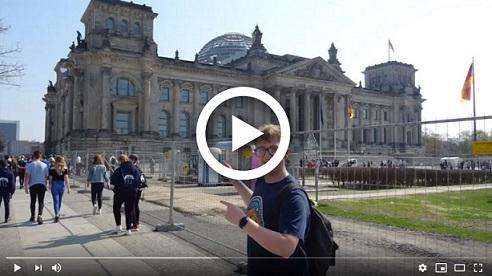School History Trips To New York
Take your history students to see top museums and important buildings in the iconic New York city and reveal the story of its place in the world today on a school history trip to New York.
Highlights
A cruise round the Statue of Liberty and Ellis Island
The poignant 9/11 Memorial visit
History of immigrant families at Lower East Side Tenement
The Skyscraper Museum
Royal Alexandra and Albert SchoolOur top three excursions for this trip were the Capitol Building, the Empire State Building and Ellis Island. The students found the New York excursions the most inspiring.
Suggested itinerary
What's included*
*Please note, entrance fees where applicable are not included in typical price – contact us for more details
Recommended excursions
Take the Statue Cruise from Battery Park to the Statue of Liberty, one of the world’s most iconic structures and a symbol of freedom and democracy. Continue to Ellis Island and be inspired by the history and stories of the immigrants entering America between 1892-1954. This hop-on, hop-off service allows you to explore at your leisure.
When arriving in New York, a great way to appreciate the scale of the city and avoid crowds is to take a boat cruise. Students can see the famous skyline and get to know the layout of Manhattan with excellent photo opportunities. The Full Island Cruise takes in over 100 landmarks including the Statue of Liberty and Yankee Stadium.
Between 1892 and 1954 over 12m people passed through the Ellis Island gateway in search of American citizenship. People came for religious and economic opportunity in America and freedom of speech. This is a culture-defining landmark and the museum has three floors of exhibitions and audio-visual displays telling the history of this significant time.
America’s first living-history museum dedicated to the life of immigrants, aiming to promote tolerance and awareness of the variety of migrant experiences on Manhattan’s Lower East Side. At the ‘gateway to America’, the partially restored 1863 tenement building runs guided tours focusing on specific character stories related to work and family life.
Enchanting, hand-carved miniature wooden models of Manhattan’s skyscrapers are a novel way to appreciate New York’s architectural background – both how the colossal buildings are erected and their impact upon people’s lives. Skyscrapers are intrinsic to the city’s identity, and exhibitions explore the influence of history, economy and individuals on the skyline. Photo © Shinya Suzuki.
Documenting September 11, 2001, the museum examines the implications of the events and commemorates the nearly 3,000 men, women and children who died on 9/11 and in the 1993 World Trade Centre bombing. Using multimedia displays, narratives, archives and artefacts, the museum presents powerful accounts of the monumental struggles faced by a nation and the legacy of that day.
The memorial quadrant is a poignant reminder of the 9/11 devastation and an inspiring testimony by citizens to honour those who died. Twin reflecting pools and manmade waterfalls mark the spot where the Twin Towers stood, with the names of everyone lost inscribed into bronze panels around the outside.
The majestic beaux-arts Alexander Hamilton US Custom House building houses the New York branch of this Smithsonian museum. A permanent exhibition traces Native American cultures with over 700 artefacts to illustrate regional experiences. Students will receive valuable insights into a nation-defining people through video, dance and storytelling programs.
New York is explored through its very particular modes of fashion, architecture, politics, and history. Engaging exhibitions, films, lectures and walking tours make the most of the Colonial Revival building and always make an impact on student’s understanding of NY culture. Across the street is an entrance to Central Park’s little-known but enchanting Conservatory Gardens.
It was here that George Washington gave his famous farewell to his troops at the end of the Revolutionary War in 1783. The tavern was known to be his watering hole and today, there are two period rooms with artefacts such as furniture and documents from 18th and 19th century history.
With views to rival those of the Empire State Building, Rockefeller’s multi-floor observation deck is 70 floors high. A thrilling Plexiglass screen installation shows the construction workers hanging on the high beams, with a chance for you to ‘walk’ across one too, far above the city streets. Exhibits include the history and a model of the building.
Built at the peak of the skyscraper craze in 1931, the 1250ft Empire State Building is an Art Deco symbol of NYC. A ride in the express lift to the observatory floors gives students an unrivalled view of the city with outdoor decks and restored original interiors. A handheld device acts as an audio and visual companion with engaging videos, image galleries, quizzes and maps.
An icon of global alliance, the 18-acre stretch on the East River is an ‘international zone’. Visitors are welcome to explore the space that benefits from a 1,400 specimen rose garden. Tours take in the council chambers and General Assembly, corridors of diverse artwork and displays on the organisation’s concerns such as peacekeeping and human rights.
The One World Observatory is located within the One World Trade Center providing unmatched views stretching across Manhattan to New Jersey. Groups will be able to learn about the history of the Trade Center in New York, its history and construction. Free educational material is available for the following subjects: Economics, History, Science, Math and Value Diversity.
Follow the Freedom Trail and learn the exciting history of how a band of brave men and women formed the networks that became the Underground Railroad. View a former station of the Underground Railroad and learn about the riots, revolts and dramatic escapes that occurred during the era of American slavery. Listen to tales of courage and and discover the stories of real New Yorkers who risked their lives.
Focusing on the social movements of African-Americans in New York City, this tour includes the slavery abolitionist movement, the civil rights movement, today’s struggles for affordable housing, equal justice, and safe communities. It includes the site of the 1964 Harlem uprising; sites relevant to the civil rights struggle of Martin Luther King Jr. and Malcolm X, and street art dedicated to social justice.
The Broadway Theatre District has all the buzz and glitz that you’d expect from America’s answer to the West End. Rounding off the day with dinner and a Broadway show is a typical New York past time and it’s an exciting way for student’s to feel part of the city’s twilight activity.
Complement your visit to the Edge with REACH FOR THE SKY, a virtual STEM education Programme. Students take a behind-the-scenes look at amazing innovations of architecture and engineering and learn about the STEM, history, and social impact of this gravity-defying structure through digital resources and a Virtual Field Trip.
This unique visitor attraction offers three levels of multi-sensory immersive experiences on the top of the fourth tallest building in Manhattan. Visitors will experience a blend of art installations and technology against the backdrop of the Manhattan skyline. Amazing photo opportunities during the day or at night!
This innovative park has been built on an elevated section of a disused railway line in Manhattan’s West Side, 30 foot above street level. This successful urban renewal project saved the railway line from demolition and the surrounding area is now being renovated and gentrified. The High Line offers great views of the Hudson River
Visit three of NYC’s best bagel shops savouring an assortment of bagels, spreads and sandwiches. Get behind-the-scenes access at one of NYC’s largest bagel shops for a peek into the bagel-making process and the secrets behind the dough. Discover the bagel’s unlikely journey from Polish peasant food to NYC superstar. Guests leave full of delicious bagels and a deeper appreciation for this food and city!
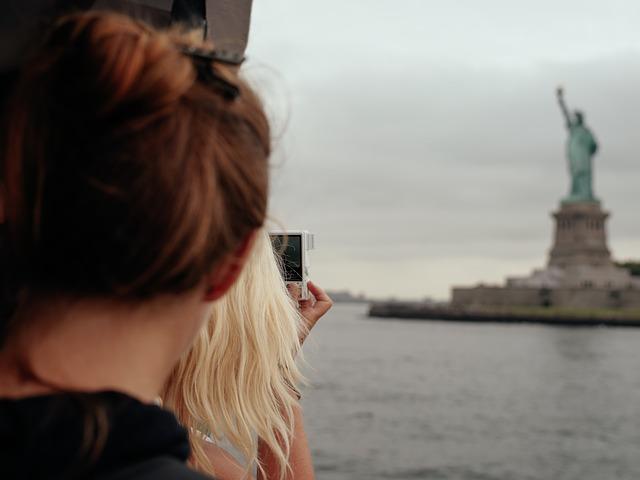
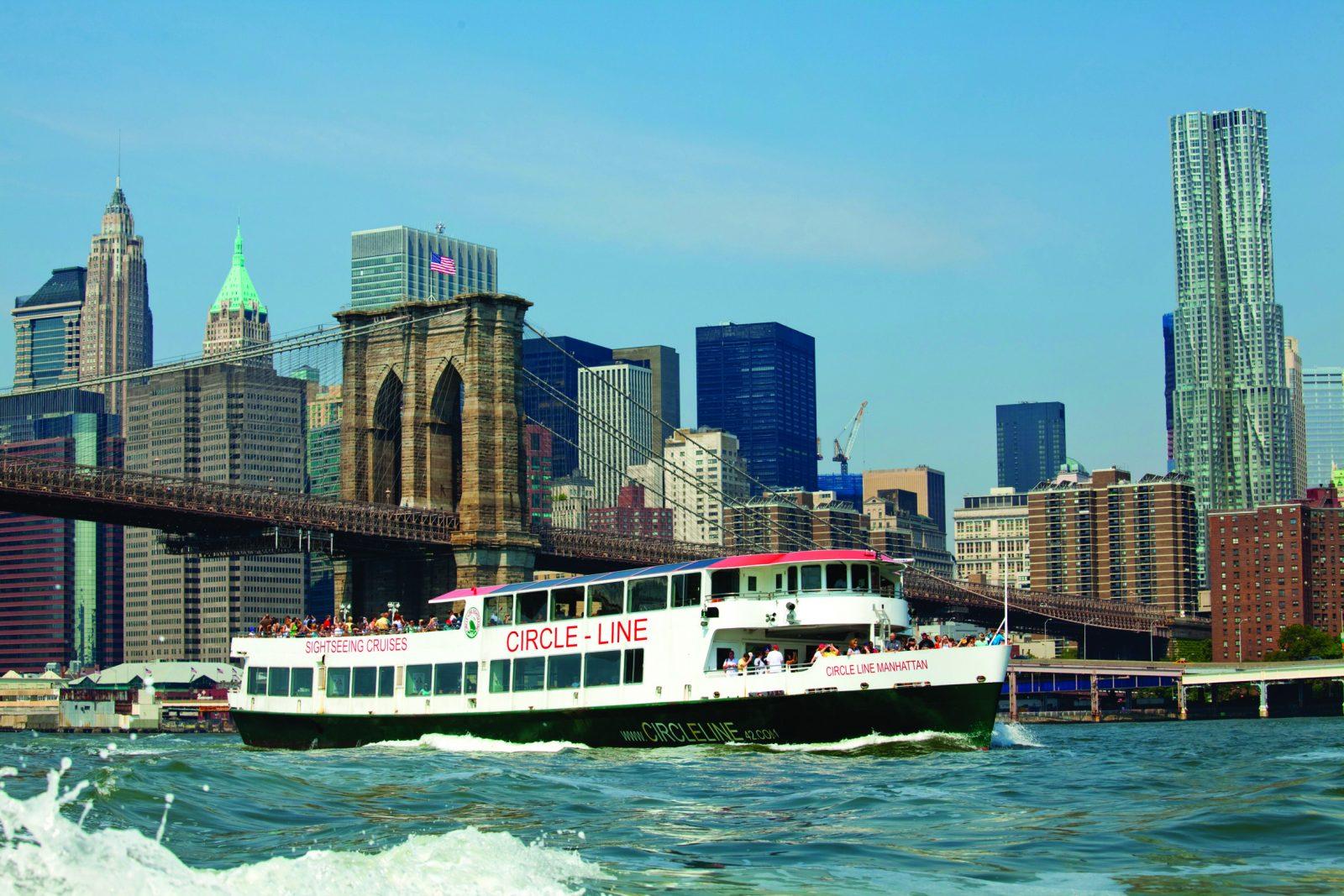
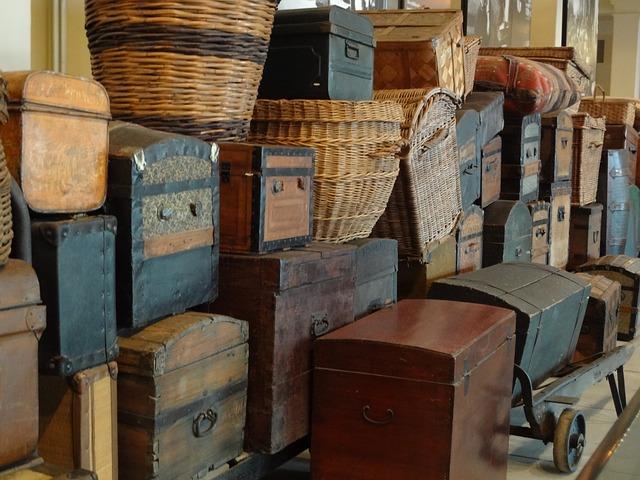
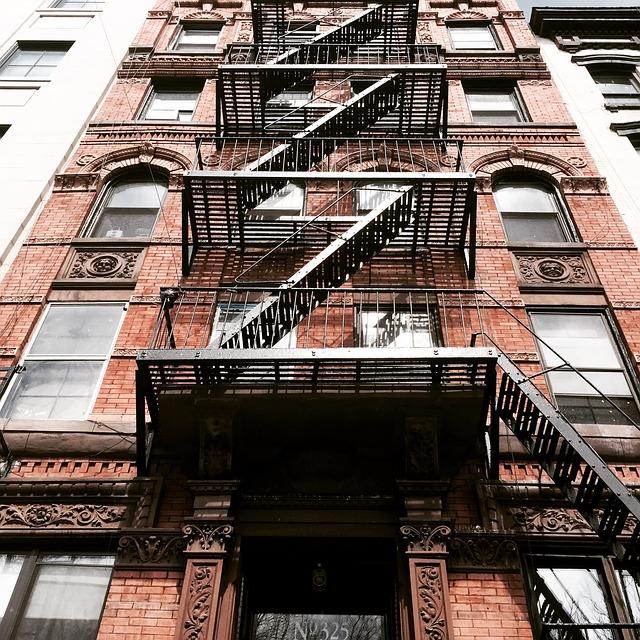
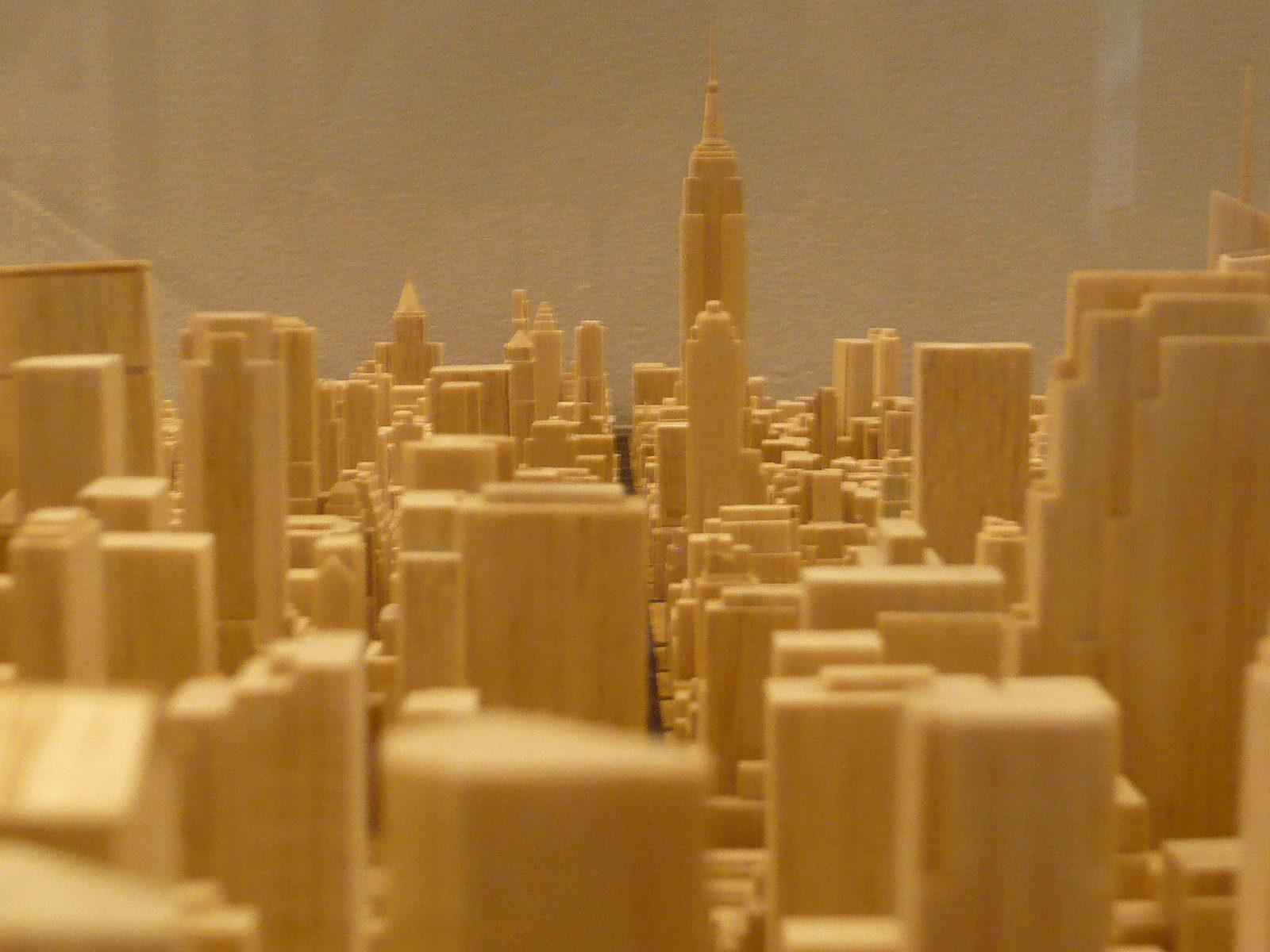
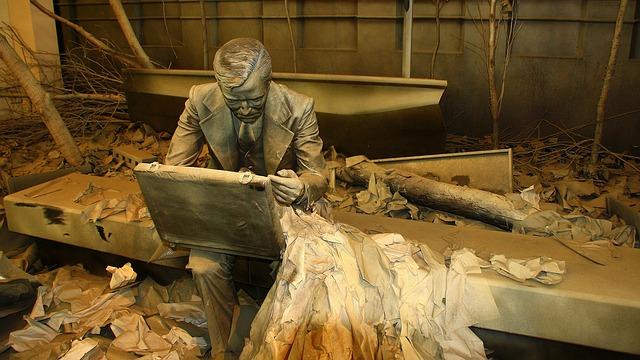
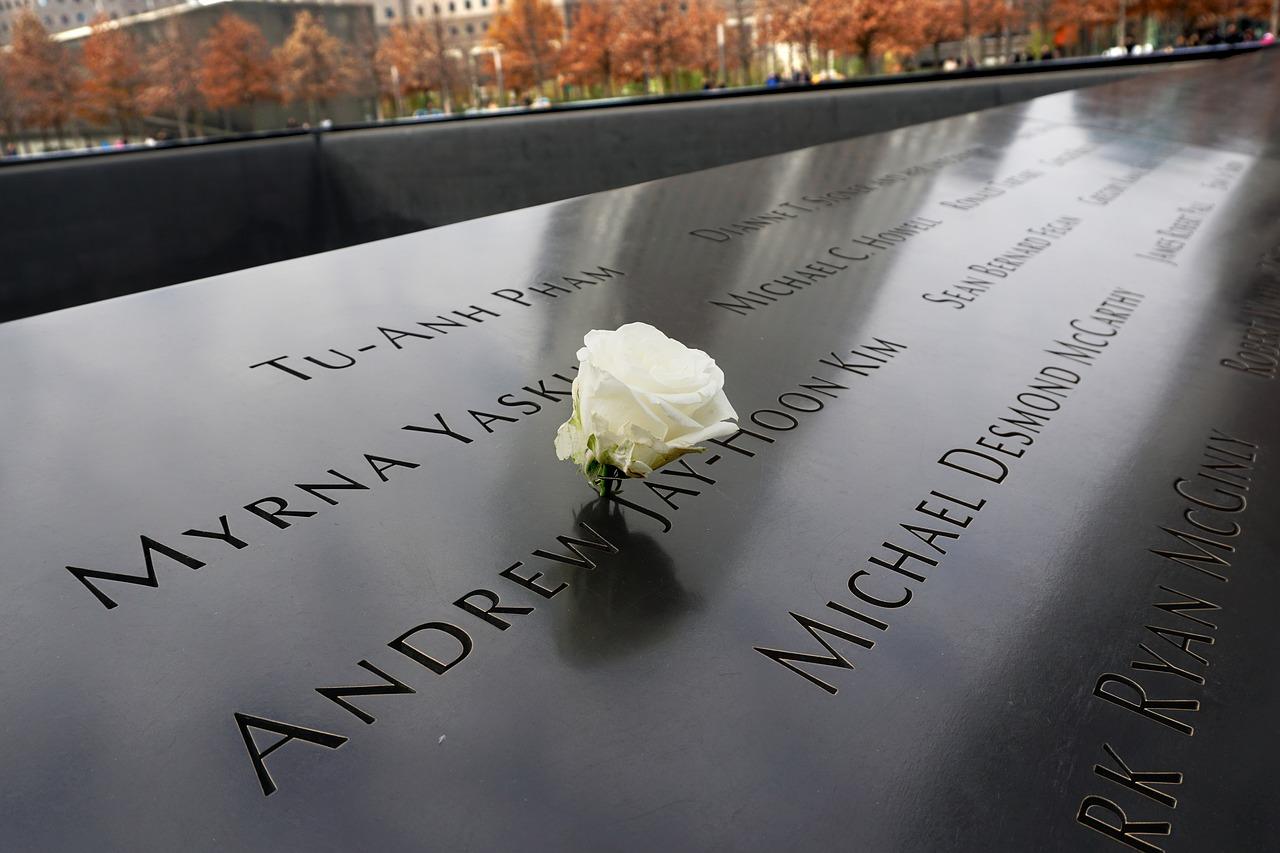
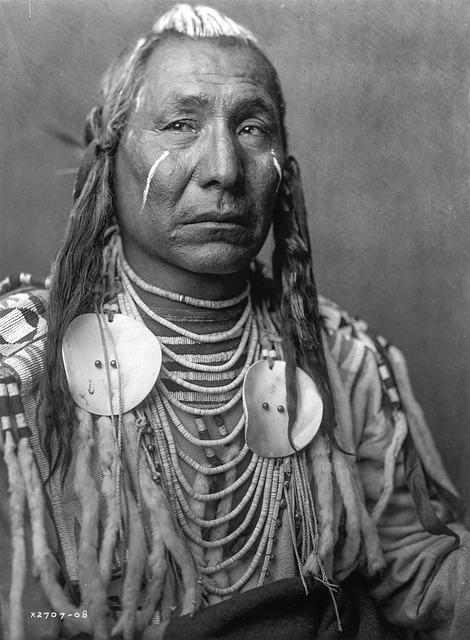
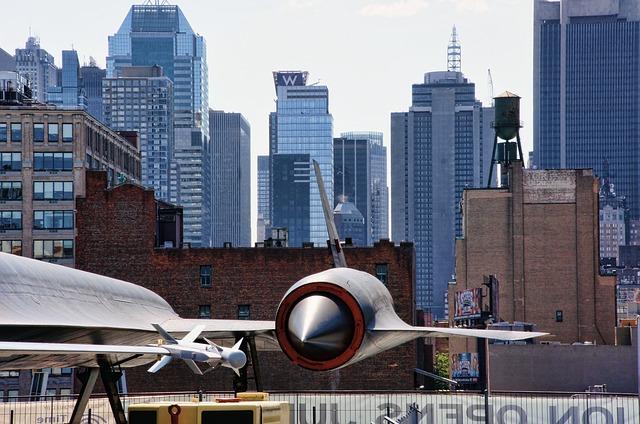
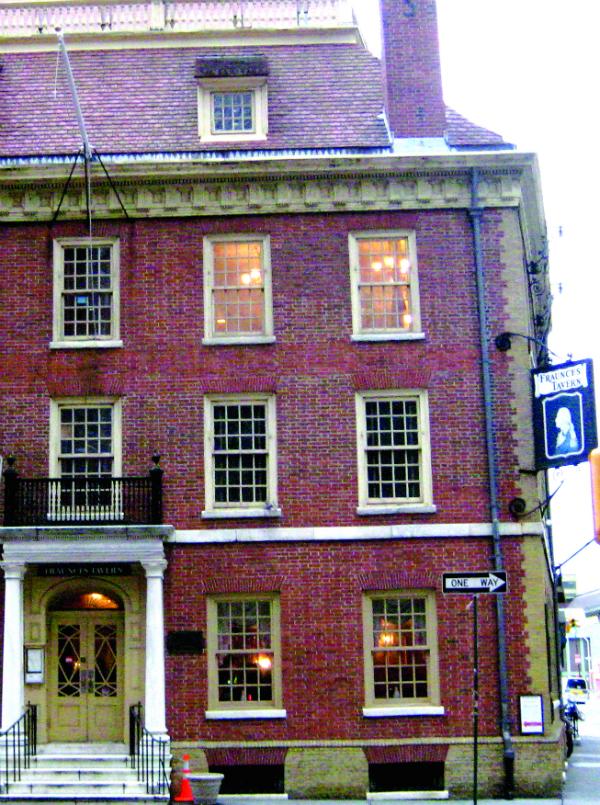
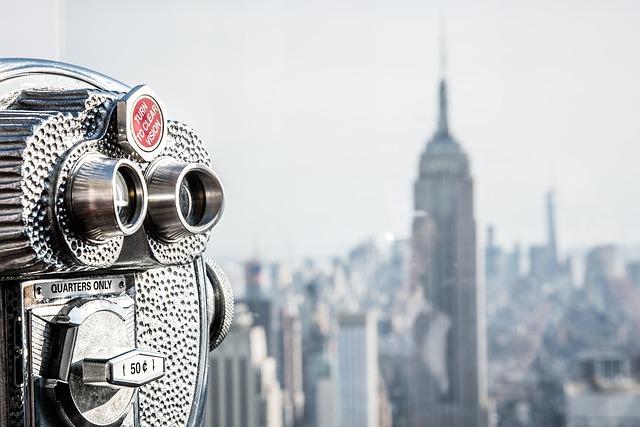
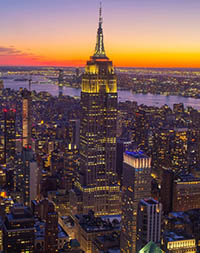
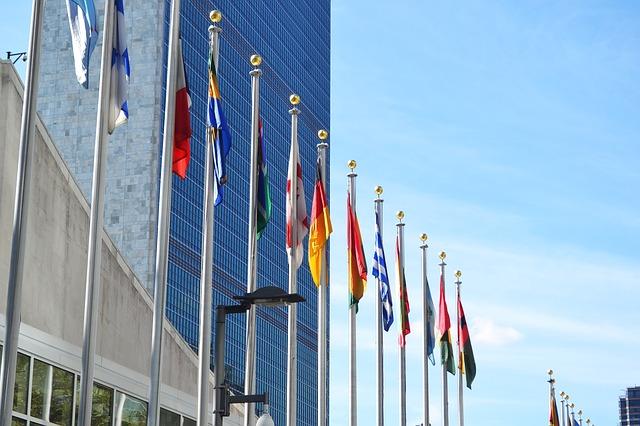
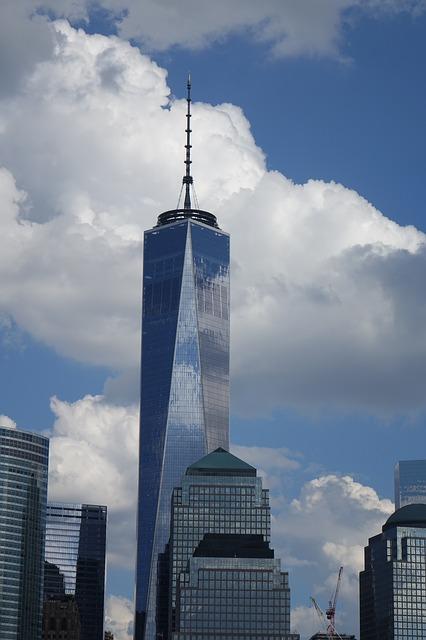
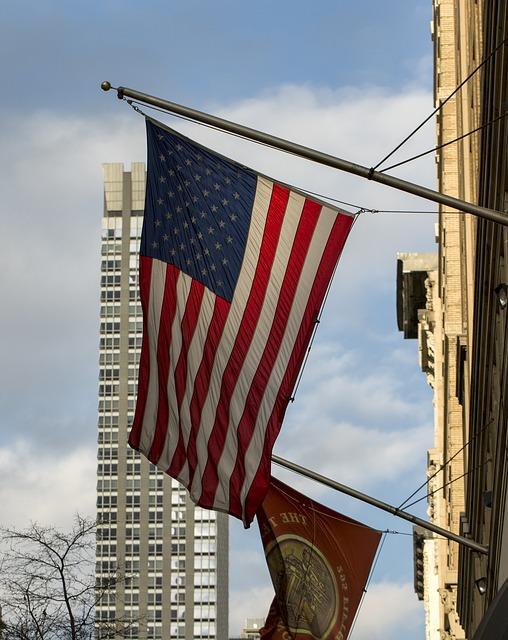
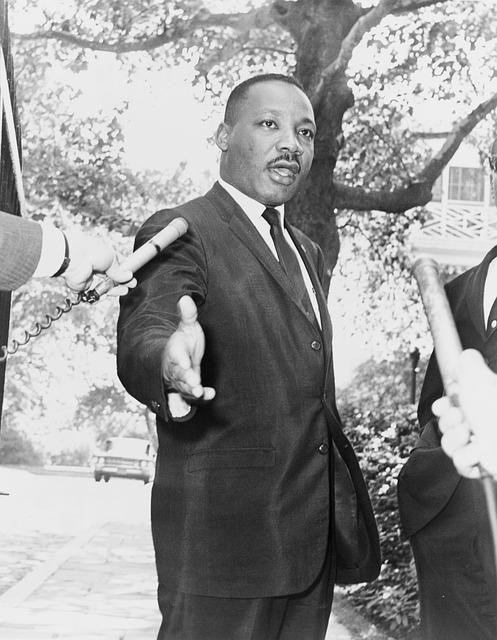
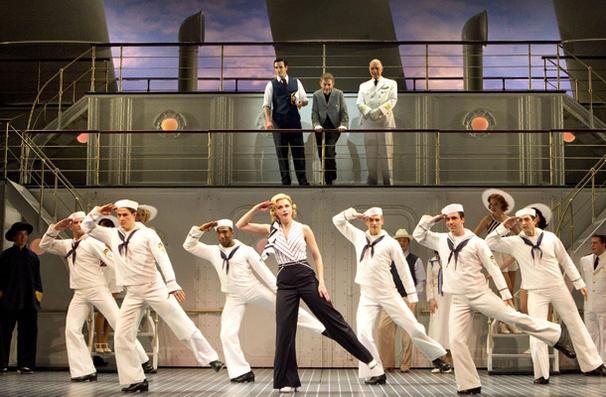
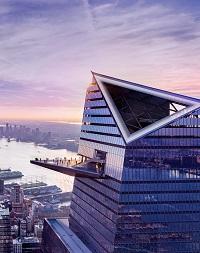
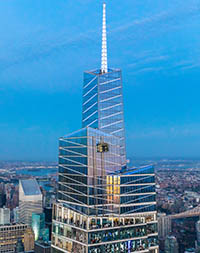
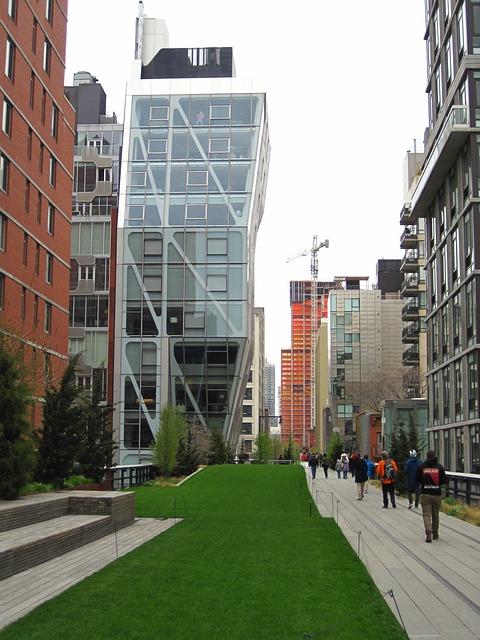

Typical accommodation
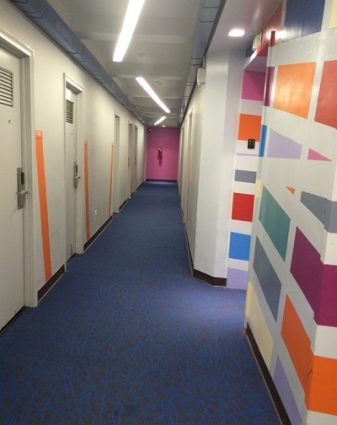
Why groups like it:
Facilities:
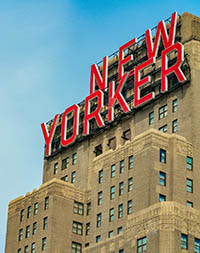
Why groups like it:
Facilities
Learning outcomes
Subject focus
Students can:
- Learn the history of American Independence
- Study immigration from Europe to America
- Learn about American Civil Rights
- Study the Wall Street Crash
- Study the Great Depression
- Learn about recent global conflict – the war on terror
Student outcomes
Students will have had an opportunity to:
- See the sites and monuments relating to New York’s history
- Understand how the events of the past are still pertinent to this day
- Learn the history of the civil rights movement and how it changed contemporary America
- Discover the origins of New York and its history of immigration
- Consider a range of issues around citizenship and history
- Consider the significance of events, people and developments in their historical context and in the present day

